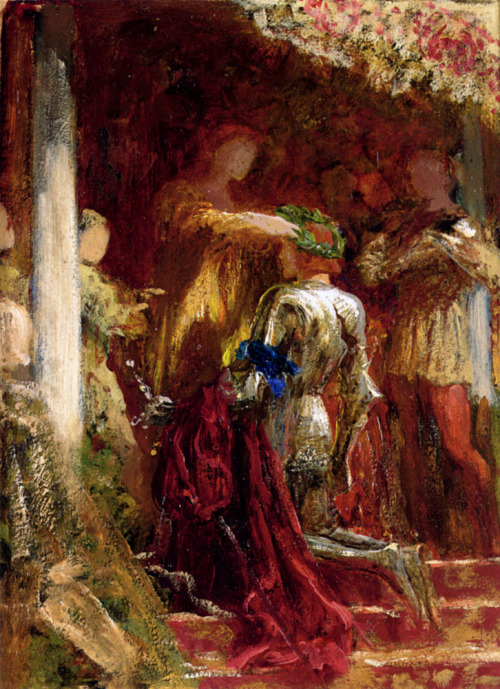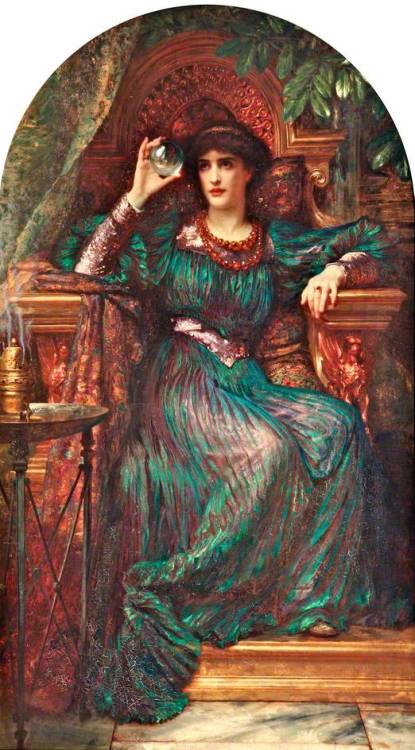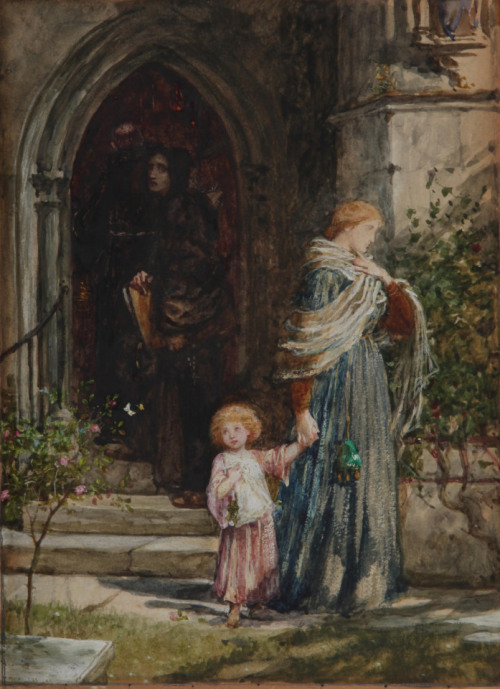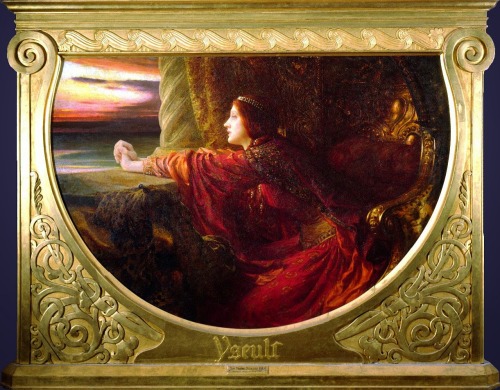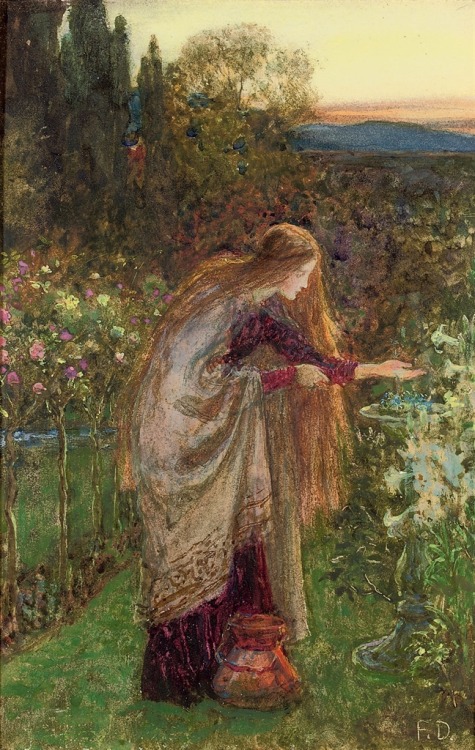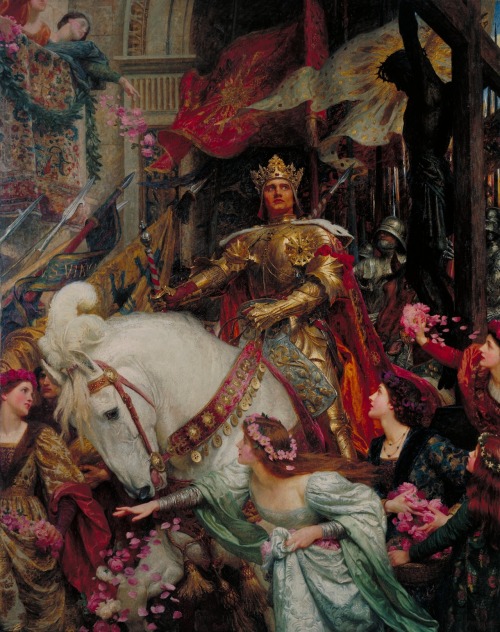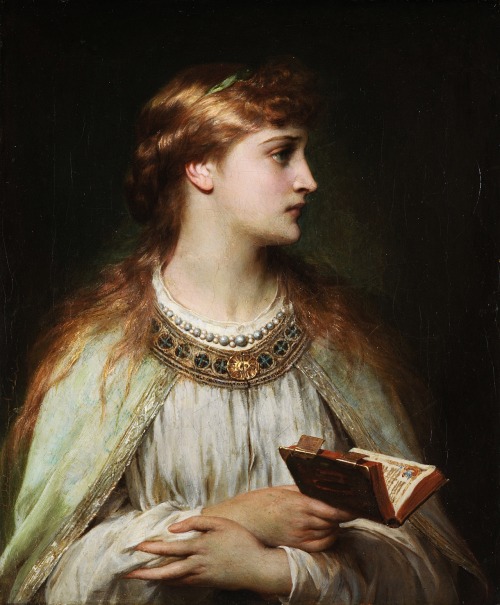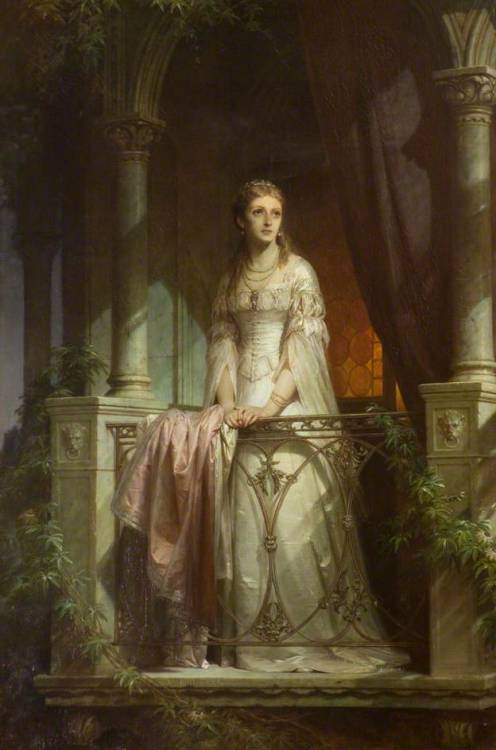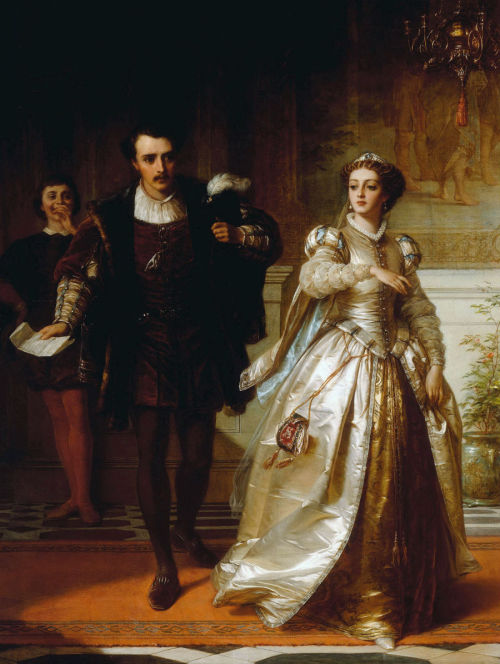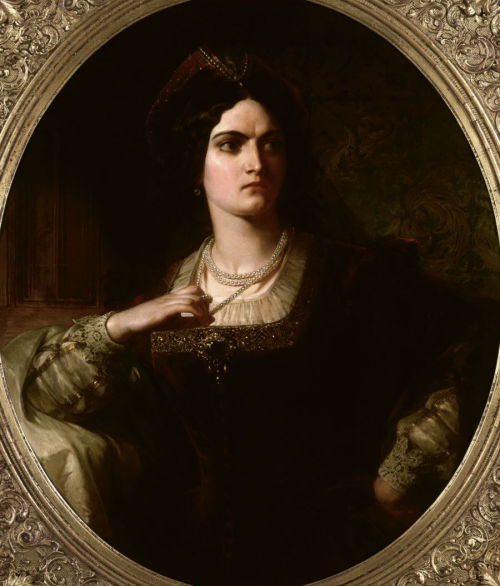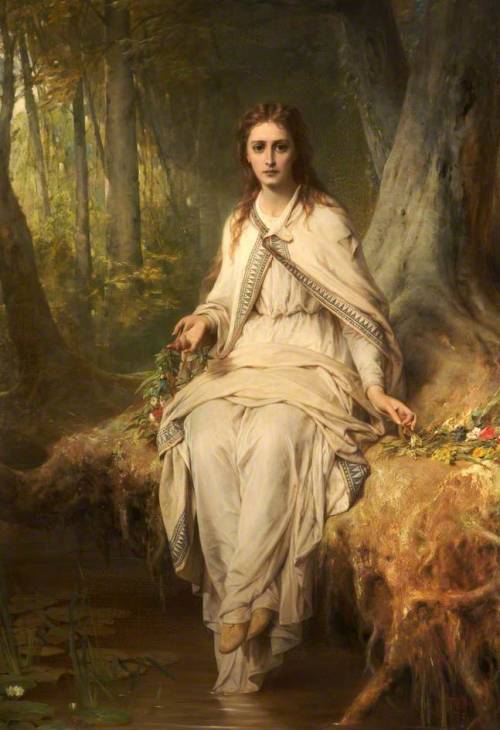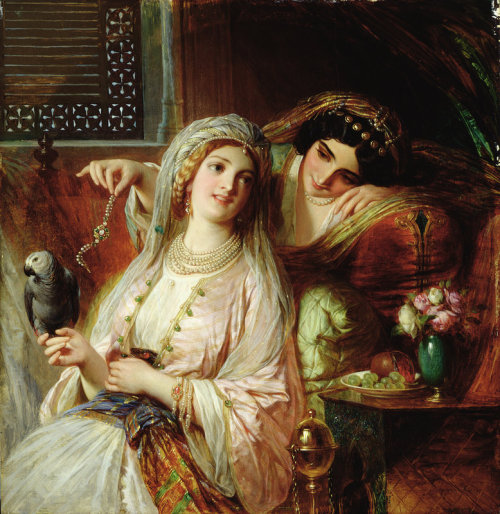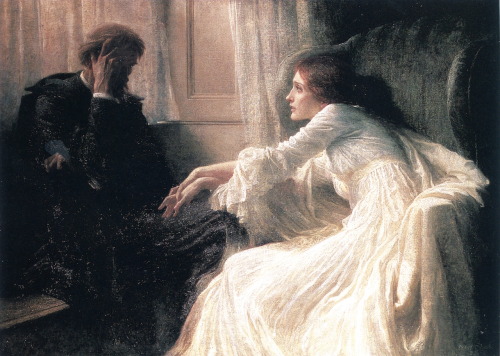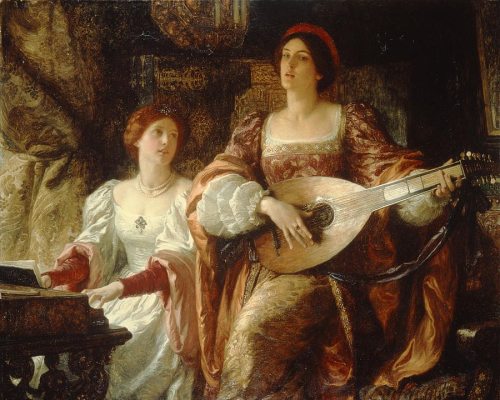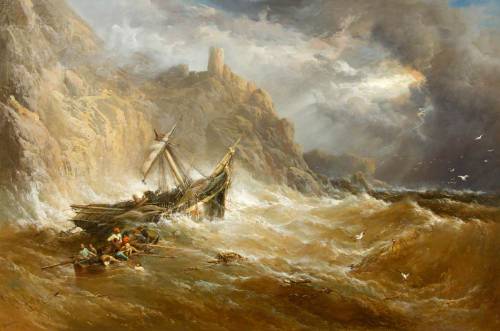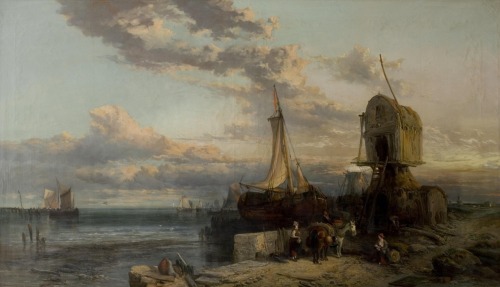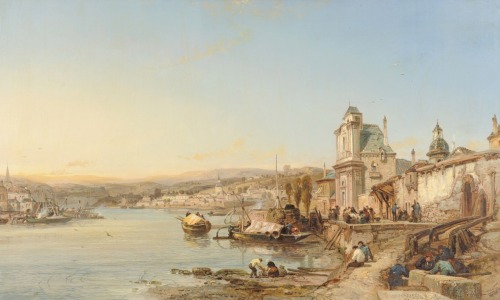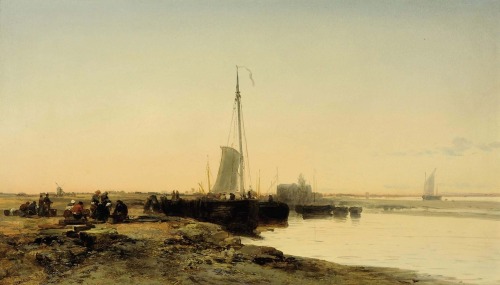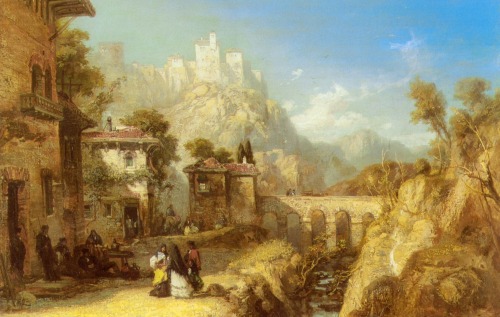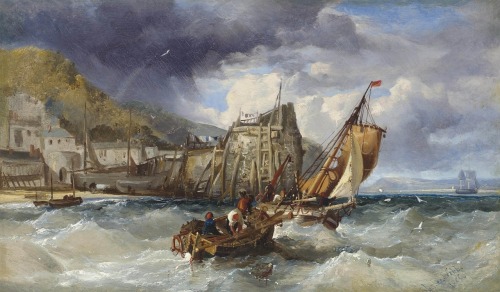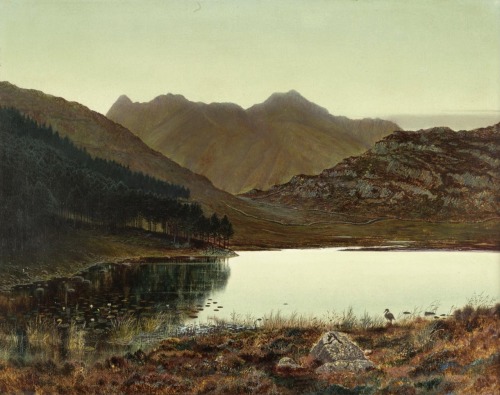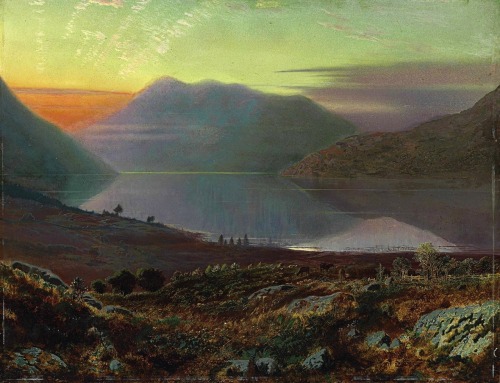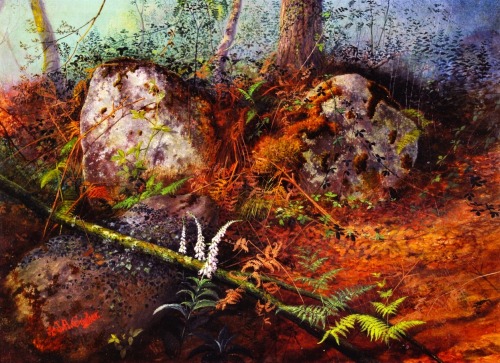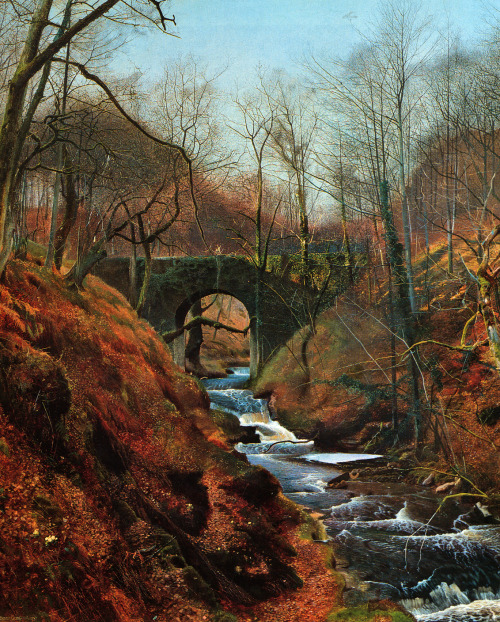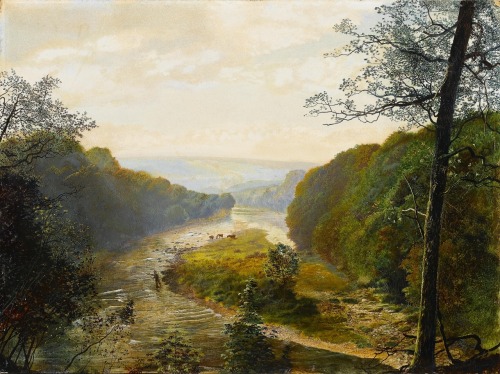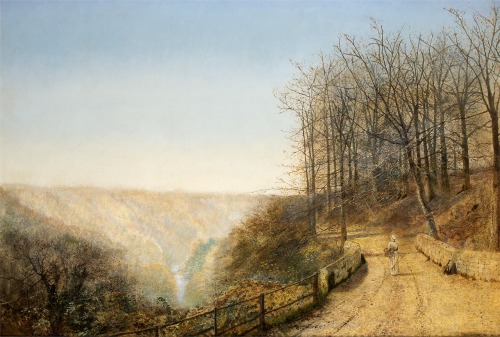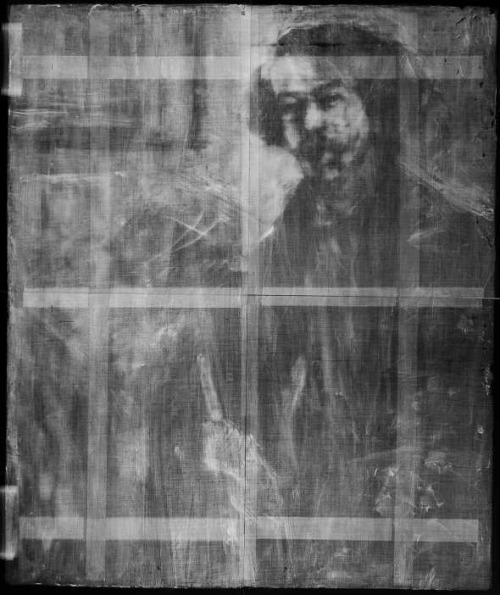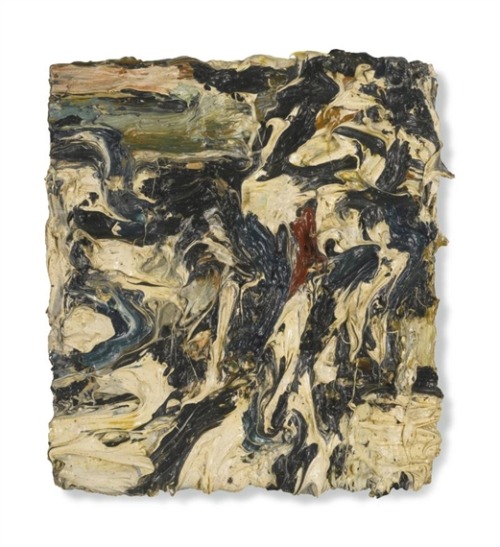#british painting
Frank Dicksee (Francis Bernard Dicksee) (1853–1928, Engand)
Medievalist paintings
Frank Dicksee was a prominent EnglishVictorian painterandillustrator. The son of Thomas Francis Dicksee, a noted painter of Shakespearean characters, he is best known for his pictures of dramatic literary, historical, and legendary scenes. He also was a noted painter of portraits of fashionable women, which helped to bring him success in his own time.
His style was not fully within other popular modes of the time, such as Pre-RaphaelismorNeoclassicism, and can be seen as a fusion of various methods and aesthetics of his time, including later in life utilising post-Romantic techniques such as lighter brushwork and softer shades.
Post link
Thomas Francis Dicksee (1819–1895, Engand)
Characters from Shakespeare
Thomas Francis Dicksee was an English painter, primarily a portraitist and painter of historical, genre subjects — often from Shakespeare. He exhibited at the Royal Academy from 1841 until the year of his death. His brother John Robert Dicksee was also a painter, and his children, Frank and Margaret likewise became painters. In The Dictionary of Victorian Painters, Herbert Dicksee is given as his son also, but according to the City of London School, where Herbert taught, he was the son of John Robert Dicksee.
Post link
Frank Dicksee (Francis Bernard Dicksee) (1853–1928, Engand)
Genre scenes
Frank Dicksee was a prominent EnglishVictorian painterandillustrator. The son of Thomas Francis Dicksee, a noted painter of Shakespearean characters, he is best known for his pictures of dramatic literary, historical, and legendary scenes. He also was a noted painter of portraits of fashionable women, which helped to bring him success in his own time.
His style was not fully within other popular modes of the time, such as Pre-RaphaelismorNeoclassicism, and can be seen as a fusion of various methods and aesthetics of his time, including later in life utilising post-Romantic techniques such as lighter brushwork and softer shades.
Post link
James Webb (1825–95, England)
James Webb was an English painter specialising in marine views,landscapes, and urban scenes in the style of vedute. Webb painted scenes in England, Wales, Holland, France and along the Rhine. He painted figures and buildings with as much competence as he did landscape backgrounds, and his paintings have a feeling of tranquillity and harmony to them. Webb used pale colours, but painted in a robust naturalistic style, influenced by J. M. W. Turner.
Post link
John Atkinson Grimshaw (1836–1893, England)
Landscapes
Grimshaw was an EnglishVictorian-era artist, popular both during his time and in the present for his night-time depictions of British cities.
Grimshaw’s earliest influence was the Pre-Raphaelites. True to the Pre-Raphaelite style, he created landscapes of accurate colour and lighting, vivid detail and realism, often typifying seasons or a type of weather. Moonlit viewsofcity and suburban streets and of the docks in London, Leeds, Liverpool and Glasgow also figured largely in his art. The focus on atmosphere, and lack of moral message or historical reference allies his work to some extent with the Aesthetic Movement.
His careful painting and his skill in lighting effects meant that he captured both the appearance and the mood of a scene in minute detail. His “paintings of dampened gas-lit streets and misty waterfronts conveyed an eerie warmth as well as alienation in the urban scene.” Later in life his colour palette shifted from dark blues to golden yellows, and towards the end of his life were hints of a change in artistic direction, with looser brushwork influenced by his friend James Abbott McNeill Whistler, who was quoted saying “I considered myself the inventor of Nocturnes until I saw Grimmy’s moonlit pictures.”
Post link

Edward Petre Novello — Clara Novello. detail. 1833
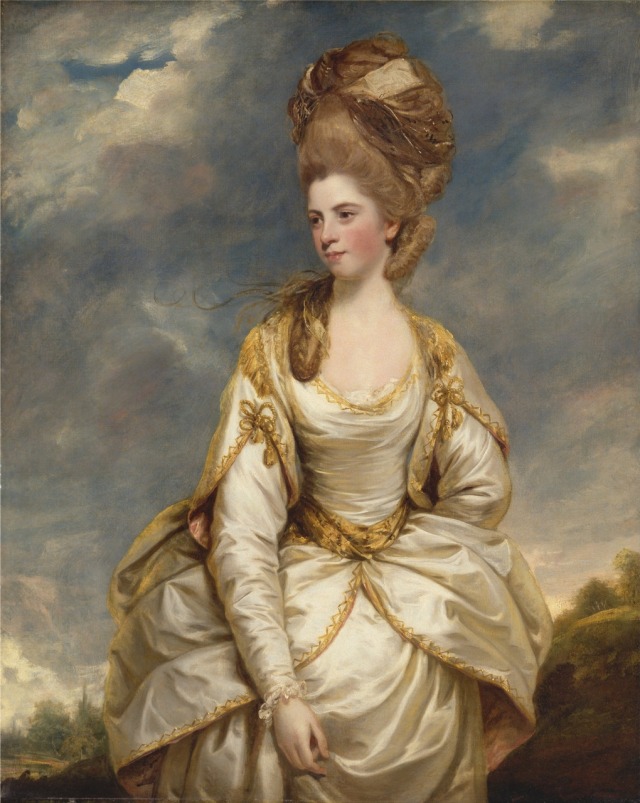
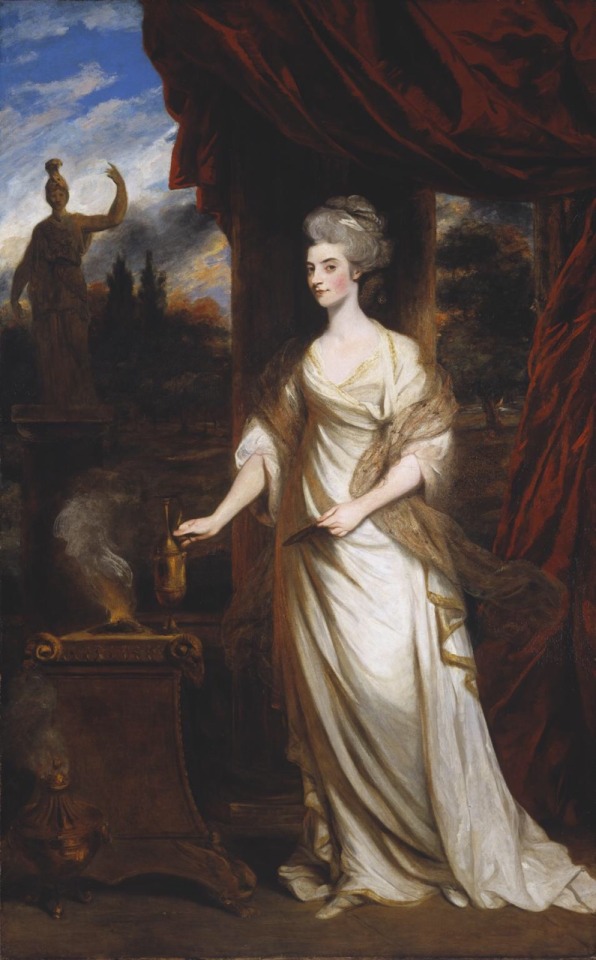


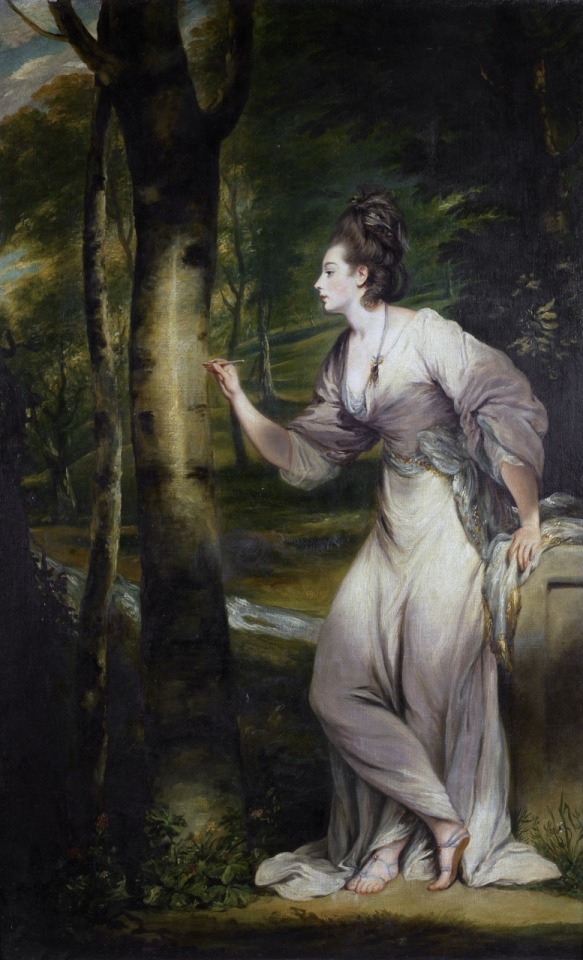
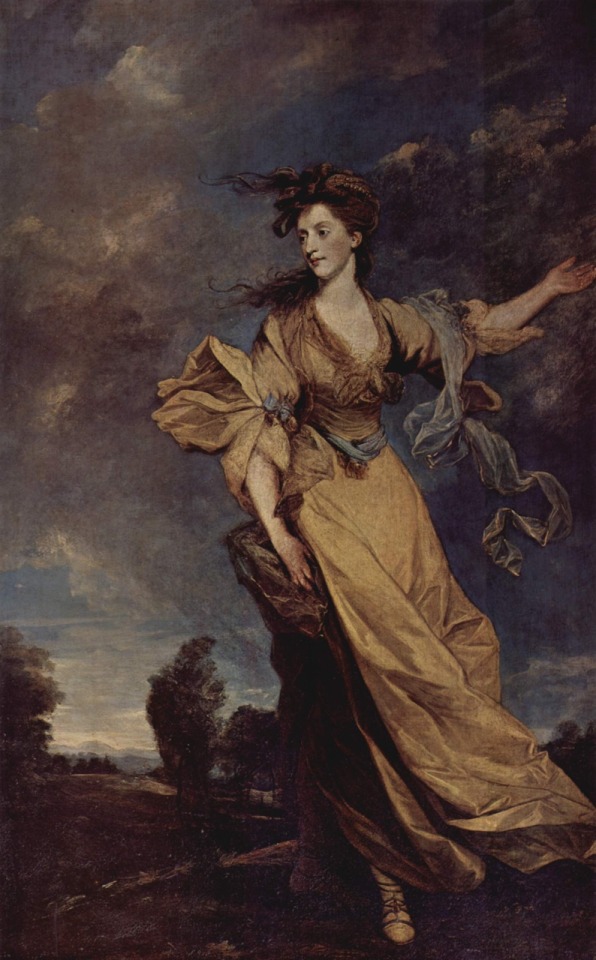
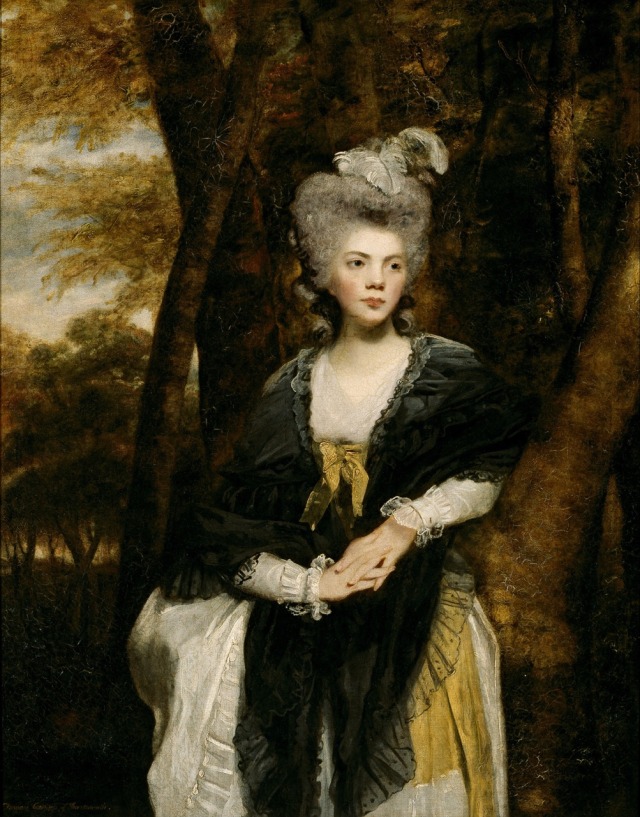
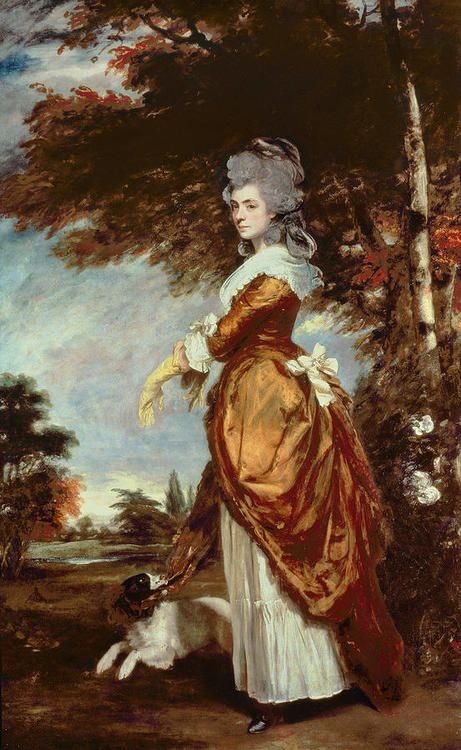


THE GRAND MANNER, or The Ideal Individualiz’d
Joshua Reynolds single-handedly forced English painting out of its backwater and into the mainstream of European art. His advocacy of the Grand Manner—an idealized a blend of High Renaissance and Classical Roman style—was perfectly suited to express the values of timelessness, dignity, authority, and elegance associated with aristocratic ideology.
The Grand Manner registers the social rank of female subjects through the idealization and generalization of such outward signs as luxurious, fashionable costume, elaborate hairstyle, refined pallor, graceful pose and generalized beauty. The style’s classicizing component associates the aristocratic subjects with the timeless prestige of classical antiquity, equipping them with attributes, settings, and/or mythological guises. This incipient neo-classicism coincides with British neo-imperialism.
The figures depicted in Reynolds’ portraits function as semi-allegorical figurations of aristocratic values expressed by surface traits and external qualities. Their function, however, is not limited to the allegorical demonstration of class. In certain cases, the portrait includes a personal or particularized dimension that reveals aspects of the sitter’s individual “nature.” This dimension is not present in every Reynolds portrait. Certain sitters seemingly prefer to remain in the state of generality, while others seemingly have no personality to display.
The particularities expressed might recapitulate the aristocratic qualities conveyed by the allegorical component. For example, the Marchioness of Salisbury’s cold glance over the shoulder differs in tone from other portraits and this individualized detail maintains the appropriate distance between classes. Reynolds uses an equally efficient visual strategy for establishing a social hierarchy in the portraits of Miss Campbell, the Countess of Harrington and Lady Finch. Instead of issuing a direct, disdainful warning, these aloof fix their gazes above or beyond the viewer, never noticing his presence.
Other sitters retain the aristocratic self-image, but temper or mitigate its severity by means of individualization. Although the costume and elegant proportions of Lady Halliday and Vicountess Crosbie establish their immutable nobility, they reject the stately, measured progress through the land exemplified by Mrs Matthews. Instead, the bound through their ancestral parks and spring upon unsuspecting viewers like. free spirits. Similarly, in Mrs Lloyd’s outdoor portrait, her impulsive inscription of her name on a tree relaxes decorum while underscoring her dominion over the landscape at the same time.
Miss Sarah Campbell, 1778, New Haven, Yale Center for British Art; Lady Talbot as Minerva, 1782, London, Tate British; Diana Sackville, Viscountess Crosbie, 1777, San Marino, Huntington Library; Mrs Crofts, 1776, Memphis, Dixon Art Gallery; Mrs Richard Bennett Lloyd, 1775/76, Present Location Unknown; Lady Jane Halliday, 1779, Aylesbury Vale, Waddesdon Manor; Lady Frances Finch, 1781/82, Melbourne, National Gallery of Victoria; Mary Amelia, Marchioness of Salisbury, 1780, Hatfield, Hatfield Hall; Jane Fleming, Countess of Harrington, 1778, San Marino, Huntington Library; Mrs Elisha Matthews, 1777, Houston, Museum of Fine Arts.
Thomas Gainsborough,Anne Ford (later Mrs. Philip Thicknesse)
1760, oil on canvas, 197.2 x 134.9 cm, Cincinnati Art Museum
Post link




